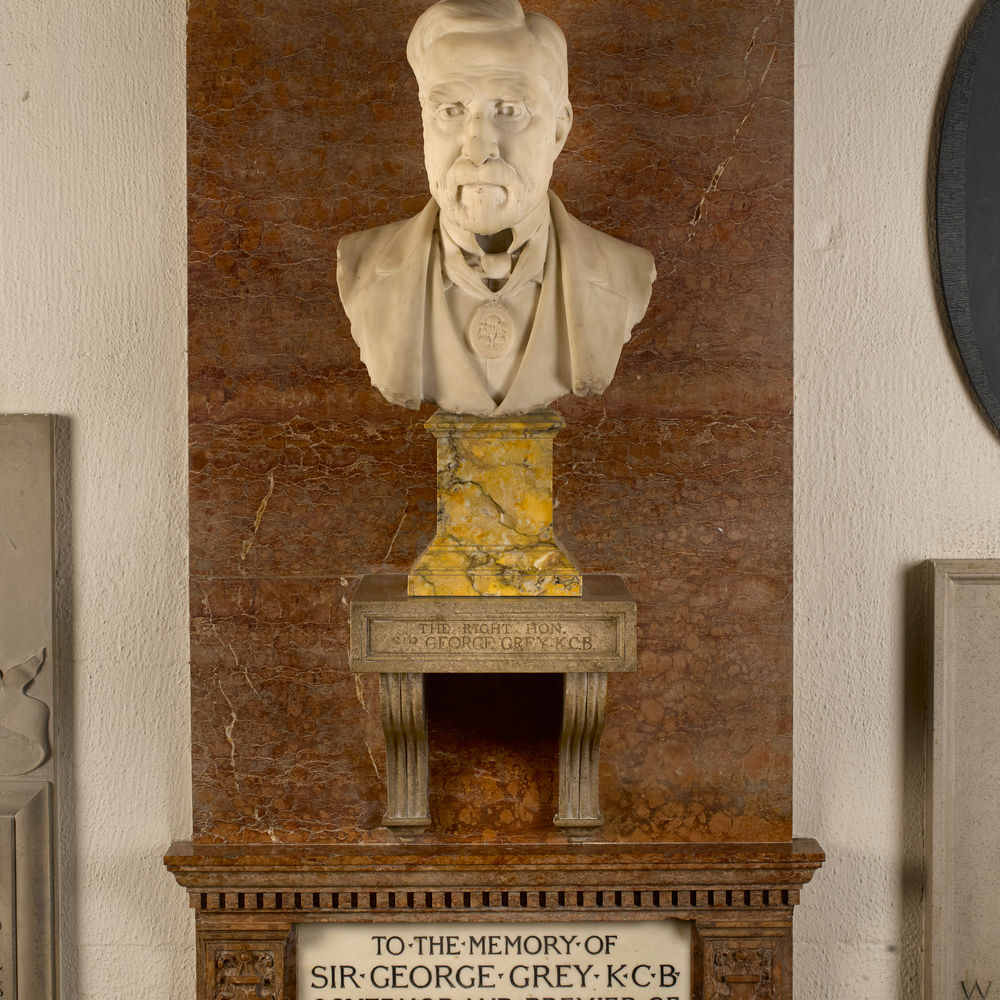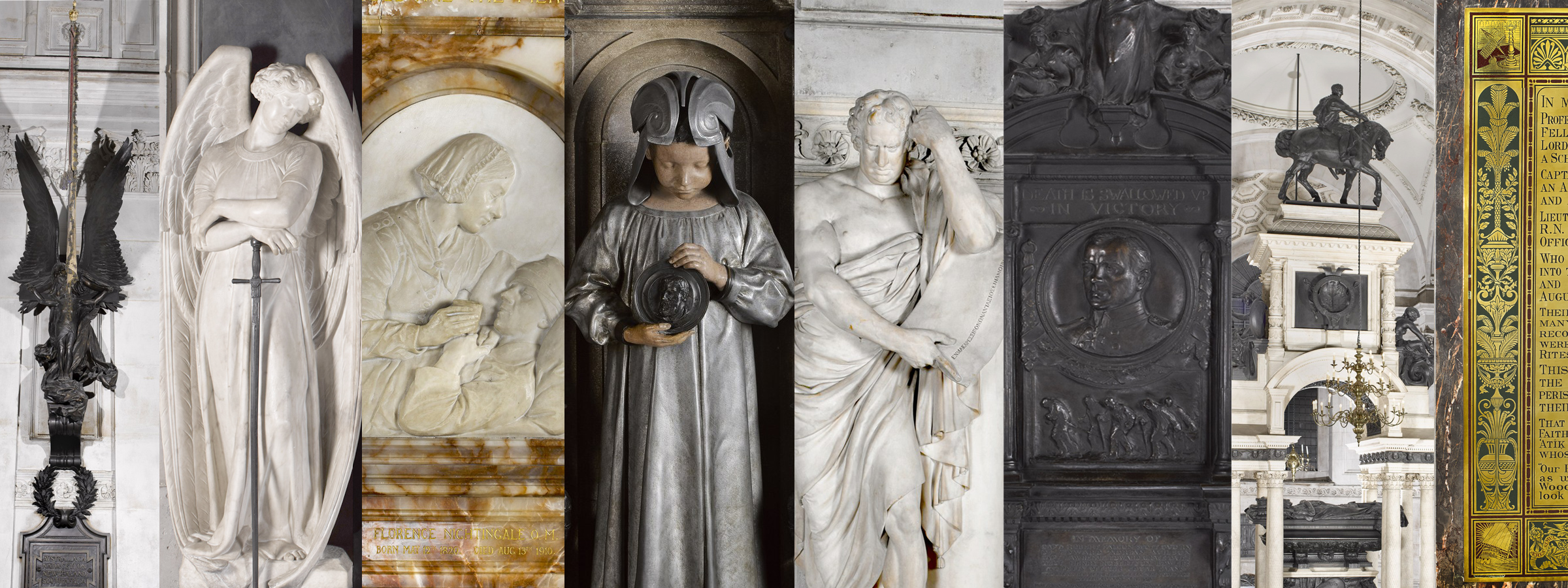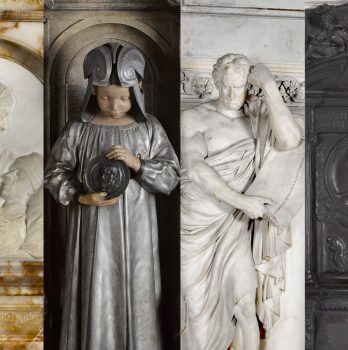Historian and Author Danny Keenan’s Response to the Monument to Sir George Grey (1812-1898), by Edward Onslow Ford and Farmer & Brindley, 1901


‘Sir George Grey’ – Transcript
By Danny Keenan
Sir George Grey was a soldier, explorer, ethnologist, Governor of three colonies including New Zealand, where he also once served as Premier, before retiring home to England in his 80s after a career, in New Zealand at least, of distinction yet controversy.
So, who was Sir George Grey?
George Grey was born in Lisbon, Portugal, on 14 April 1812, the son of a British Army Lieutenant Colonel.
He was educated at a boarding school in Guildford before receiving military training at Sandhurst. In 1830, Grey was posted to Ireland, serving as a junior officer for six years. However, disliking Army service, and appalled by the misery inflicted on the Irish by English landlords, Grey moved to Australia, seeking to discover new lands for European settlement.
During a number of expeditions into the Australian outback, Grey became fascinated by the culture of Aboriginal Australians, an ethnological interest in native peoples that would influence his later career as colonial administrator.
In 1840, Grey expounded his theories on colonization and racial assimilation to the Colonial Office in London. Suitably impressed, the Colonial Office appointed him Governor of the fledgling colony of South Australia, whilst still in his 20s, where he succeeded in instituting much-needed political and financial reform, though was less successful in addressing the colony’s significant race relations problems.
In 1845, Grey was appointed as Governor of New Zealand. As a military-trained administrator, he replaced two previous Governors with humanitarian backgrounds.
The difference was soon apparent.
Grey moved quickly to abolish a protectorate established to safeguard Māori interests. He also acted quickly against the Māori tribes of the far north, insisting that Māori waging war against the Crown immediately desist, which they eventually did in 1845.
Grey then faced a colony on the verge of bankruptcy. But, unlike his predecessors, Grey had come to New Zealand armed with substantial funds. He also had access to standing Imperial Army which he was prepared to use, to enforce state compliance upon restive Māori who were unhappy with the colonial assumptions emerging from the Crown Colony government.
Unfortunately for Grey, the land wars fought in the far north began spreading south through the country, resuming just north of Wellington in 1846. At the same time, European settlement of New Zealand was expanding rapidly, made possible in part by Grey’s success in negotiating substantial land sales, transacted with Māori who were not inclined to take up arms.
In 1848 Grey was knighted, and in 1852 he substantially drafted the legislation, enacted in London, which granted constitutional independence to New Zealand.
In 1853, Grey left New Zealand following his appointment as Governor of Cape Colony in South Africa. However, whilst he was away, the incidence of war between Māori and the Crown in New Zealand intensified. Somewhat alarmed, the colonial office recalled Grey, sending him back to New Zealand for a second term as Governor in 1861.
With his feet barely on the ground, Grey introduced a pacifying measure – a nationwide system of tribal councils through which Māori were promised meaningful degrees of self governance. Some Māori were happy to comply. But others were not, with the incidence of armed warfare continuing unabated.
In 1863, Governor Grey instigated a major military invasion of the tribal district just south of Auckland, known as the Waikato. His aim was to defeat the rising Māori King movement, which he interpreted as representing an untenable challenge to the sanctity of the Crown.
After the invasion was over, with the tribes of the Māori King movement scattered to the south, Grey introduced punitive land confiscations aimed at Māori who had participated in the wars. As a consequence, almost 3 million acres was taken, leaving a legacy of loss and dispossession that has only recently been ameliorated.
After 1865, as the Imperial troops were withdrawn from New Zealand, Grey was instructed to establish a replacement New Zealand defence force, enabling settlers to organize and pay for their own defence, against any lingering Māori unrest. Fearing the loss of Imperial troops, Grey refused to comply, and was dismissed as Governor in 1868.
Grey then retired to his Auckland home, devoting time to his former interest in native cultures, working closely with a number of noted Māori scholars like Ihaka Hākūene of Ngā Puhi, and Wiremu Hikāiro of Ngāti Whakāue.
However, missing the cut and thrust of politics, Grey entered the New Zealand Parliament in 1875, serving as Premier between 1877 and 1879. Thereafter, Grey remained active in Parliament, most notably opposing New Zealand’s political union with Australia in 1891.
Suffering from ill health, Grey returned to England in 1894. In 1898, he passed away in London and was buried at St Paul’s Cathedral.
Today, Grey is remembered as a towering figure who dominated New Zealand’s nineteenth-century politics. During that time, he generally worked well with Māori, earning their respect. However, consistent with his peers, his insistence that British sovereignty was indivisible relegated Māori to a subordinate status that, in their own country, they could not abide.
The result was war, dispossession and loss which has, until recently at least, tainted the otherwise striking legacy of Sir George Grey.

About Danny Keenan
Dr Danny Keenan is of Māori descent, with affiliations to Ngāti Te Whiti ki Te Ātiawa of New Plymouth, New Zealand.
He was born in New Plymouth and educated at Pungarēhu Primary, New Plymouth Boys’ High School and Massey University, Palmerston North.
Keenan has a public service background, most notably with the Department of Māori Affairs. When that Department was disestablished in 1989, he returned to Massey University and completed a PhD in 1994. He was the appointed lecturer in Māori/New Zealand history, becoming senior lecturer in 2004 and Associate Professor in 2005.
Keenan was a founding member of Te Pouhere Korero, the Māori historians network, in 1992. In 1995, he was granted a Fulbright Postdoctoral Award to study in the Centre for the American Indian in Newberry Library, Chicago. In 2009, he was granted a further Fulbright Senior Scholar Award to teach Māori/New Zealand history at Georgetown University, Washington DC.
Keenan has published widely on Māori and New Zealand history. His most recent book, Te Whiti O Rongomai and the Resistance of Parihaka received a Ngā Kūpu Ōra Māori Book Award in 2016.
He is now a semi-retired and a full-time writer, living in Whanganui, New Zealand. His publications can be accessed on his website – www.newzealandwars.co.nz.
About the Monument
The portrait bust of Sir George Grey for his monument at St Paul’s Cathedral was executed by the sculptor Edward Onslow Ford (1852–1901), a major figure in the New Sculpture Movement of the late nineteenth century. Signed by the artist and dated 1901, it must have been one of Ford’s last works before his sudden death from pneumonia in December that year.
The bust was originally intended for Grey’s grave in the crypt at St Paul’s. In 1904, Farmer & Brindley, a renowned company of architectural sculptors, were appointed to create the memorial we see today, incorporating Ford’s bust.


